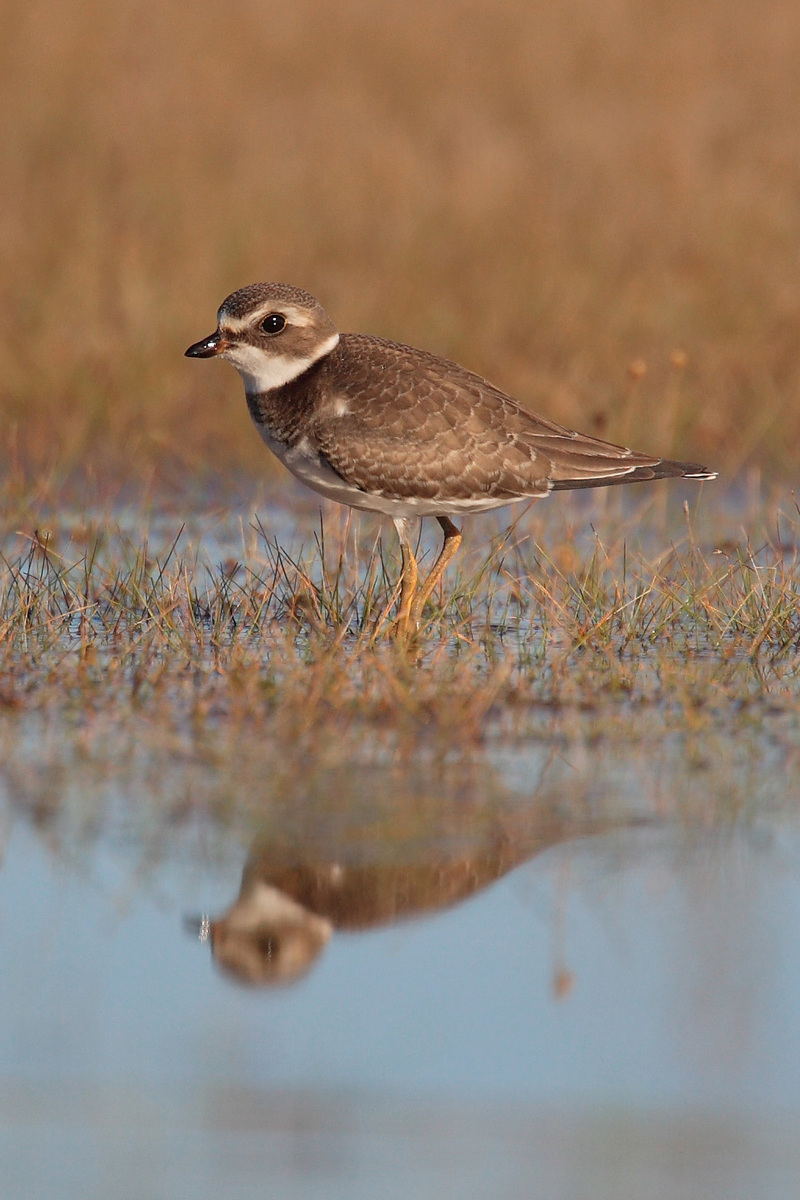|
| Query: Small white | Result: 750th of 2236 | |
Semipalmated Plover (Charadrius semipalmatus) - Wiki
| Subject: | Semipalmated Plover (Charadrius semipalmatus) - Wiki
| |

| Resolution: 1024x1536
File Size: 361392 Bytes
Date: 2005:09:03 22:02:47
Camera: Canon EOS-1D Mark II (Canon)
F number: f/5.7
Exposure: 1/1600 sec
Focal Length: 700/1
Upload Date: 2007:10:01 17:30:56
|
Semipalmated Plover
From Wikipedia, the free encyclopedia
[Photo] Semipalmated Plover (Charadrius semipalmatus) -- Singing Sands, Bruce Peninsula National Park, Canada -- 2005 September. Photo by http://en.wikipedia.org/wiki/User:Mdf | Permission is granted to copy, distribute and/or modify this document under the terms of the GNU Free Documentation License, Version 1.2 or any later version published by the Free Software Foundation; with no Invariant Sections, no Front-Cover Texts, and no Back-Cover Texts. A copy of the license is included in the section entitled "GNU Free Documentation License". |
The Semipalmated Plover (Charadrius semipalmatus) is a small plover.
Adults have a grey-brown back and wings, a white belly, and a white breast with one black neckband. They have a brown cap, a white forehead, a black mask around the eyes and a short orange and black bill.
Their breeding habitat is open ground on beaches or flats across northern Canada and Alaska. They nest on the ground in an open area with little or no plant growth.
They are migratory and winter in coastal areas ranging from the United States to Patagonia. They are extremely rare vagrants to western Europe, although their true status may be obscured by the difficulty in identifying them from the very similar Ringed Plover of Eurasia.
These birds forage for food on beaches, tidal flats and fields, usually by sight. They eat insects, crustaceans and worms.
This bird resembles the Killdeer but is much smaller and has only one band. The term "semipalmated" refers to its partly webbed feet.
http://en.wikipedia.org/wiki/Semipalmated_Plover
| The text in this page is based on the copyrighted Wikipedia article shown in above URL. It is used under the GNU Free Documentation License. You may redistribute it, verbatim or modified, providing that you comply with the terms of the GFDL. |
|
^o^
Animal Pictures Archive for smart phones
^o^
|
|

